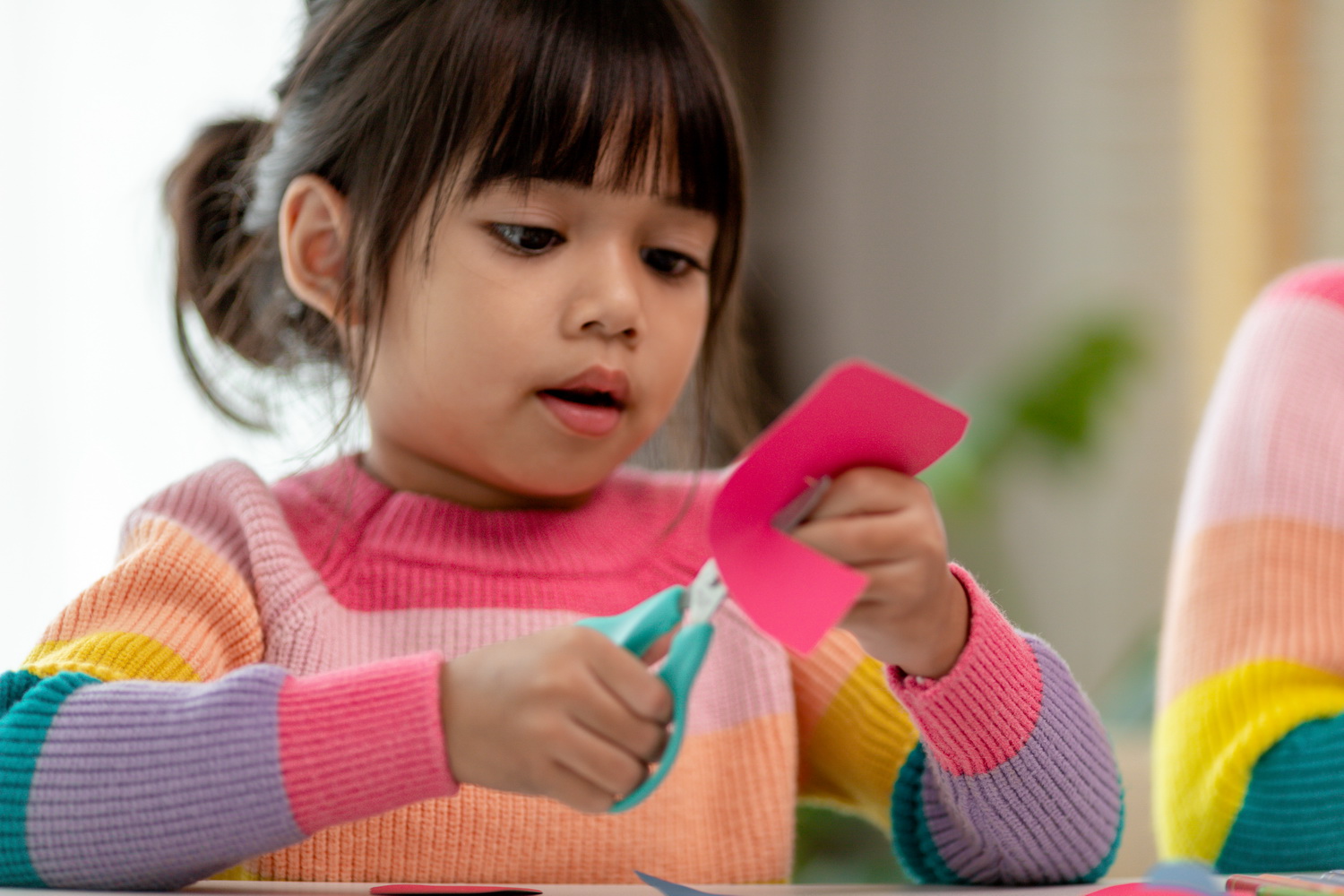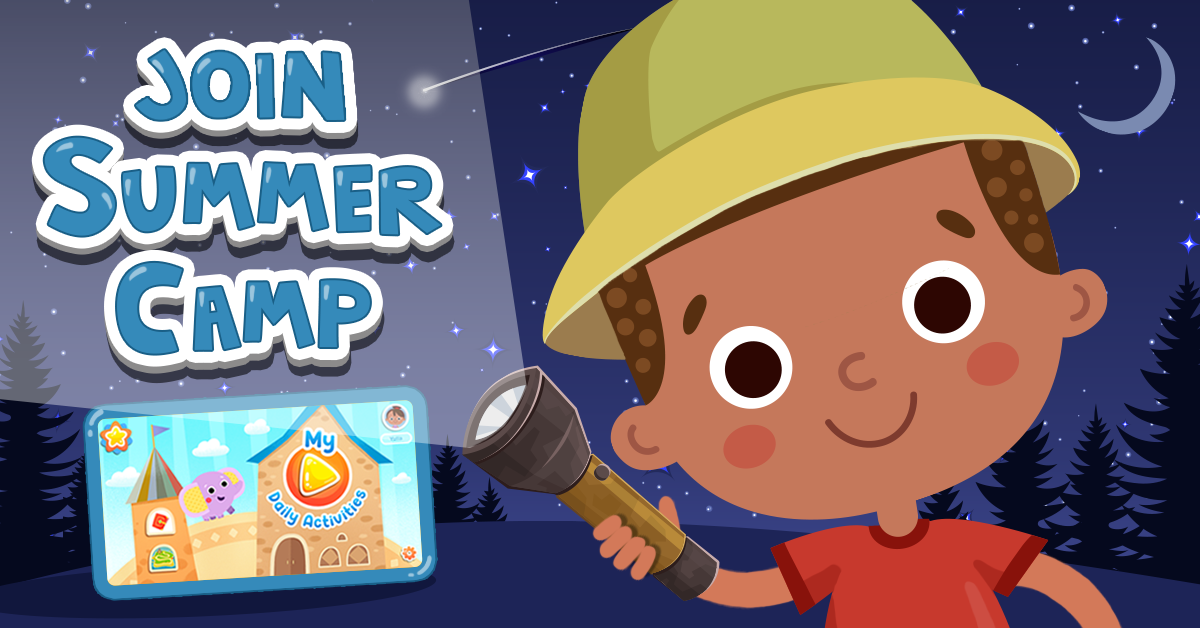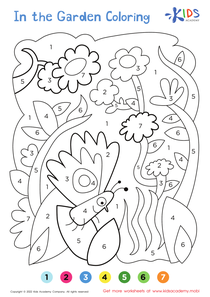Color Identification Animals Worksheets for 4-Year-Olds
4 filtered results
-
From - To
Color Identification Animals Worksheets for 4-Year-Olds provide a fun and engaging way for young learners to practice color recognition. Through beautifully illustrated animal-themed worksheets, children will enjoy identifying and coloring various animals while reinforcing their knowledge of colors. Ideal for preschool classrooms or at-home practice, these activities enhance cognitive development and fine motor skills. Perfectly tailored for curious 4-year-olds, each worksheet supports early learning standards and fosters a love for animal-themed educational play. Equip your child for academic success and vibrant creativity with our entertaining and educational worksheets. Let's embark on a colorful learning adventure together!
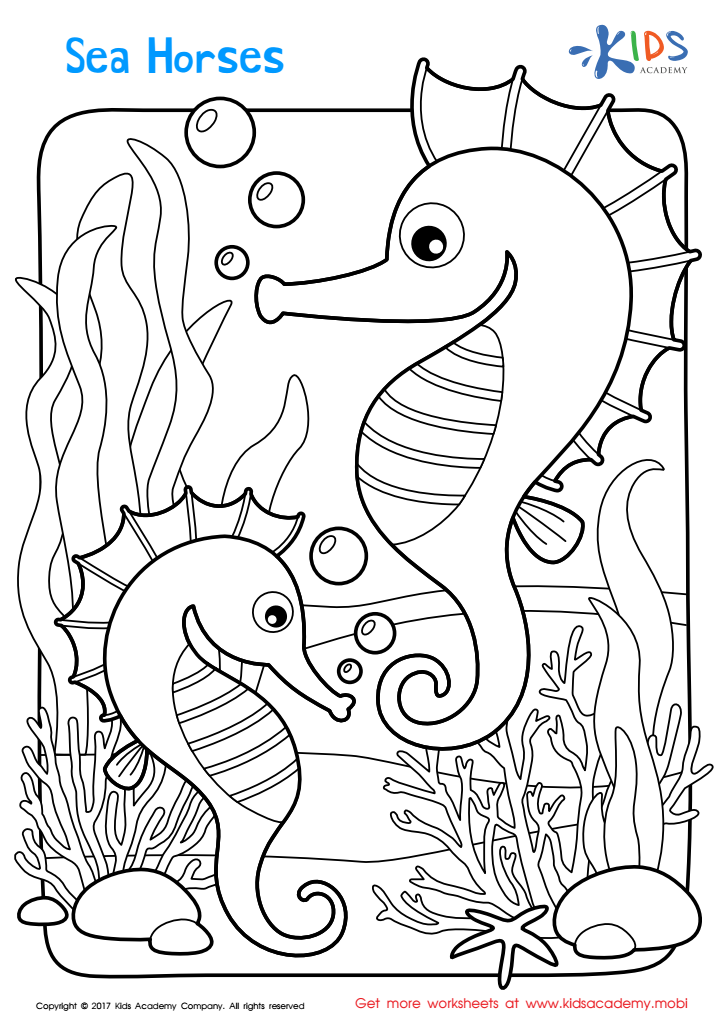

Sea Horses Printable
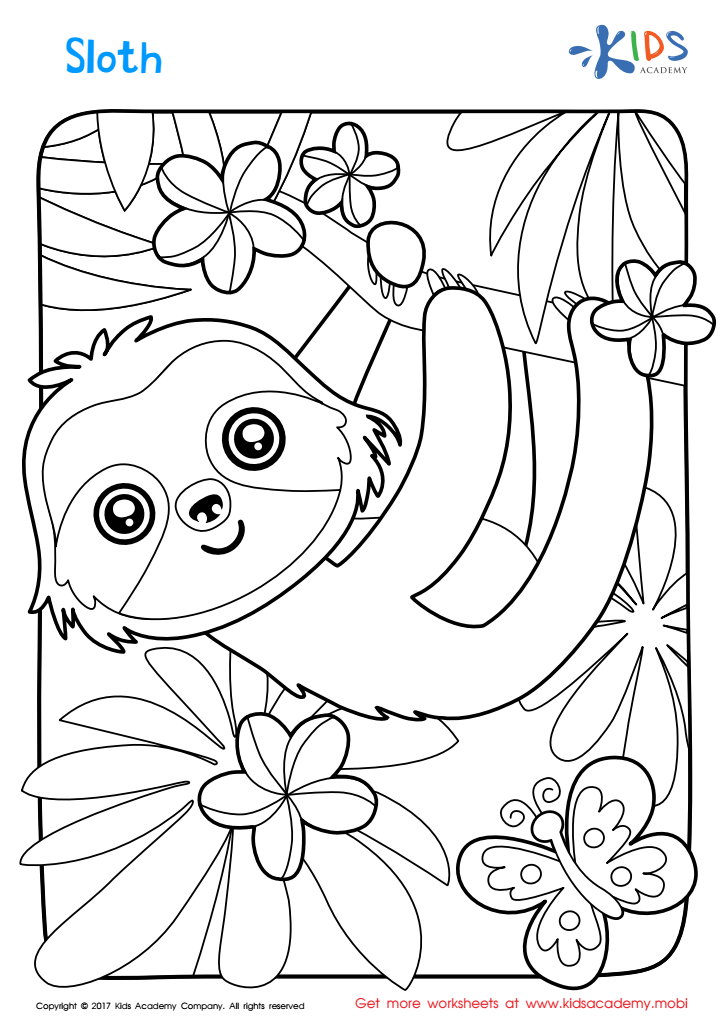

Sloth Worksheet
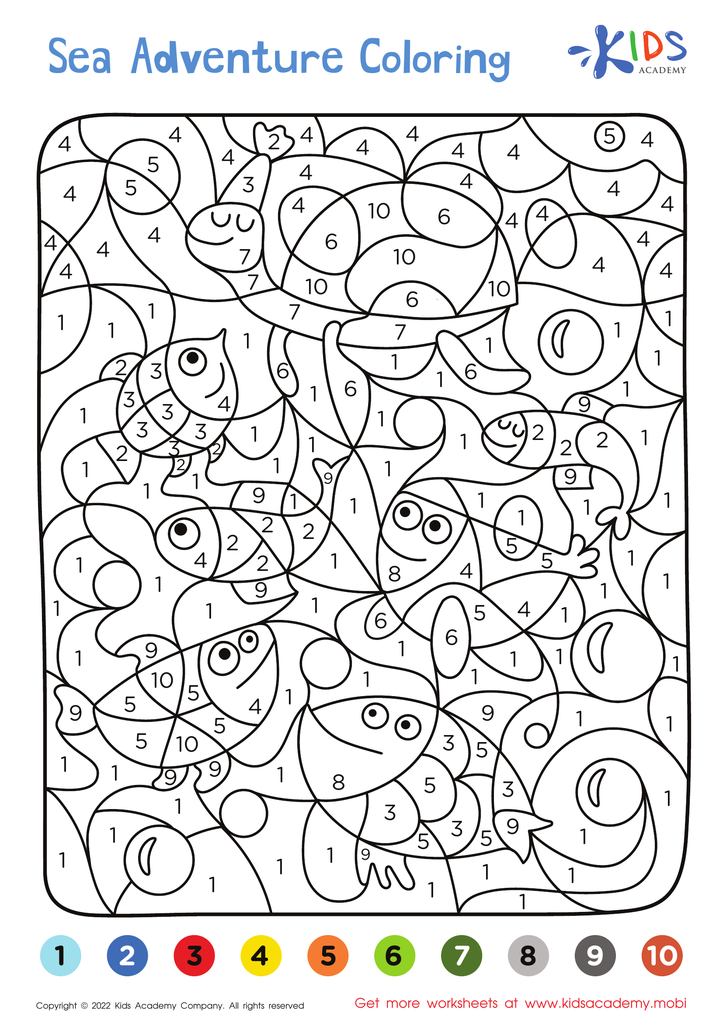

Sea Adventure – Coloring by Numbers
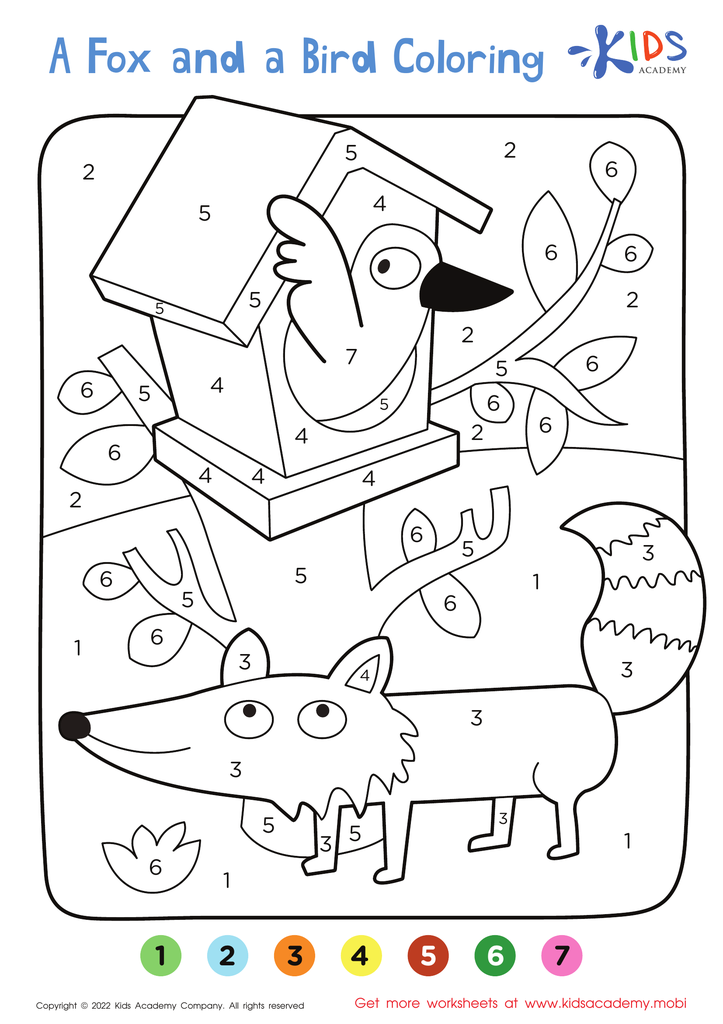

A Fox and a Bird – Coloring by Numbers
Color identification is a fundamental cognitive skill that lays the groundwork for a child's understanding of the world, and using animals for this purpose can be especially effective for 4-year-olds. At this age, children are naturally curious about animals, making them an engaging and relevant tool for learning. When children learn to identify colors using animals, such as a "yellow duck" or a "brown bear," they are more likely to remember the information because it is attached to something they find interesting.
Moreover, linking colors to animals can also enhance vocabulary and comprehension. By discussing various characteristics of each animal (size, habitat, sounds they make), children gain a more rounded educational experience. This multifaceted approach helps to keep their attention, fostering both deeper learning and longer retention.
Helping children master color identification early also aids in their development of sorting and categorizing skills, which are important for math and science learning. Furthermore, these activities promote fine motor skills when children participate in tasks such as coloring pictures of animals or playing sorting games.
Parents and teachers who use Color Identification Animals are thus nurturing cognitive and motor development while also making learning a joyful and interactive experience. This approach sets a solid foundation for more complex learning tasks in the future.

 Assign to My Students
Assign to My Students


